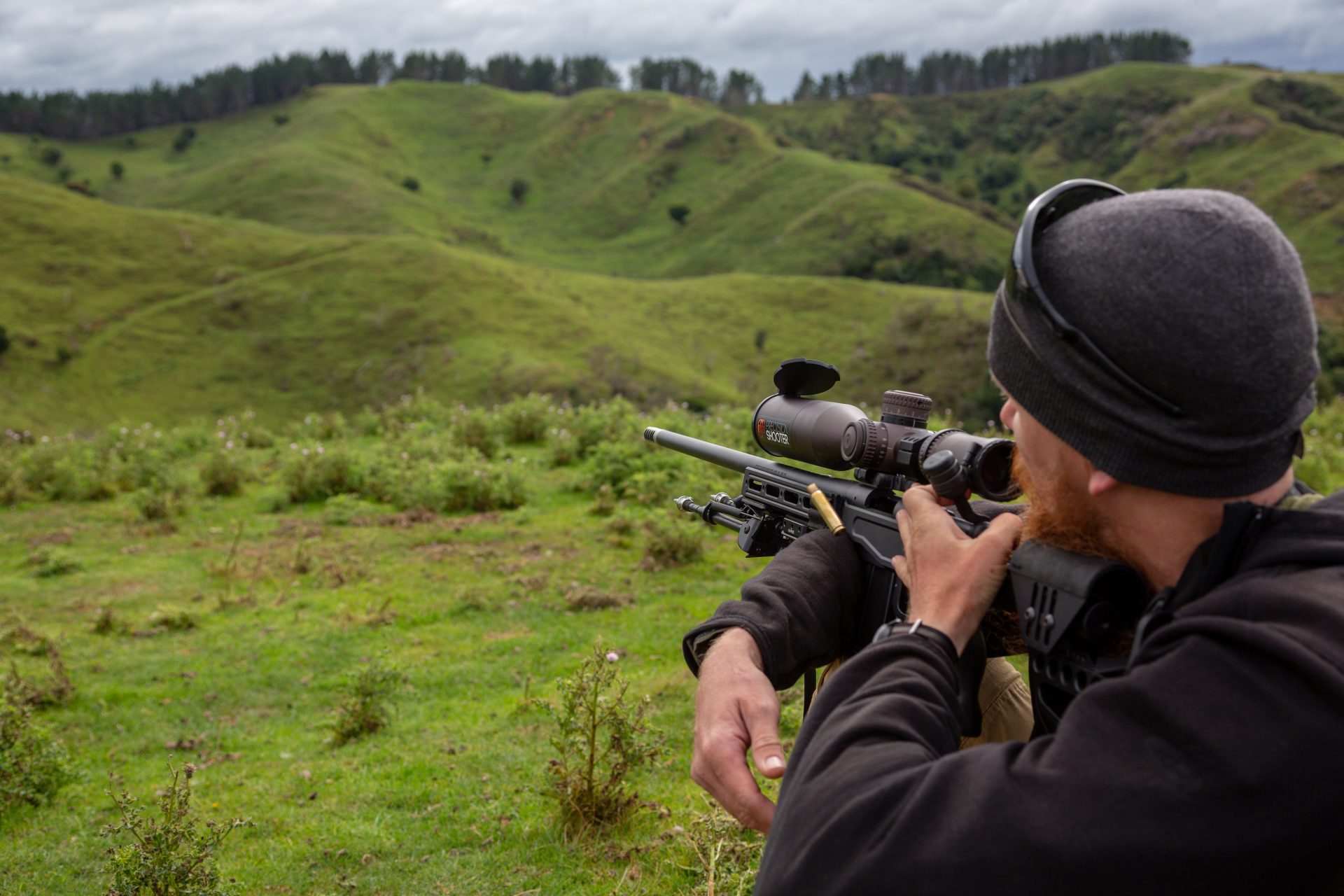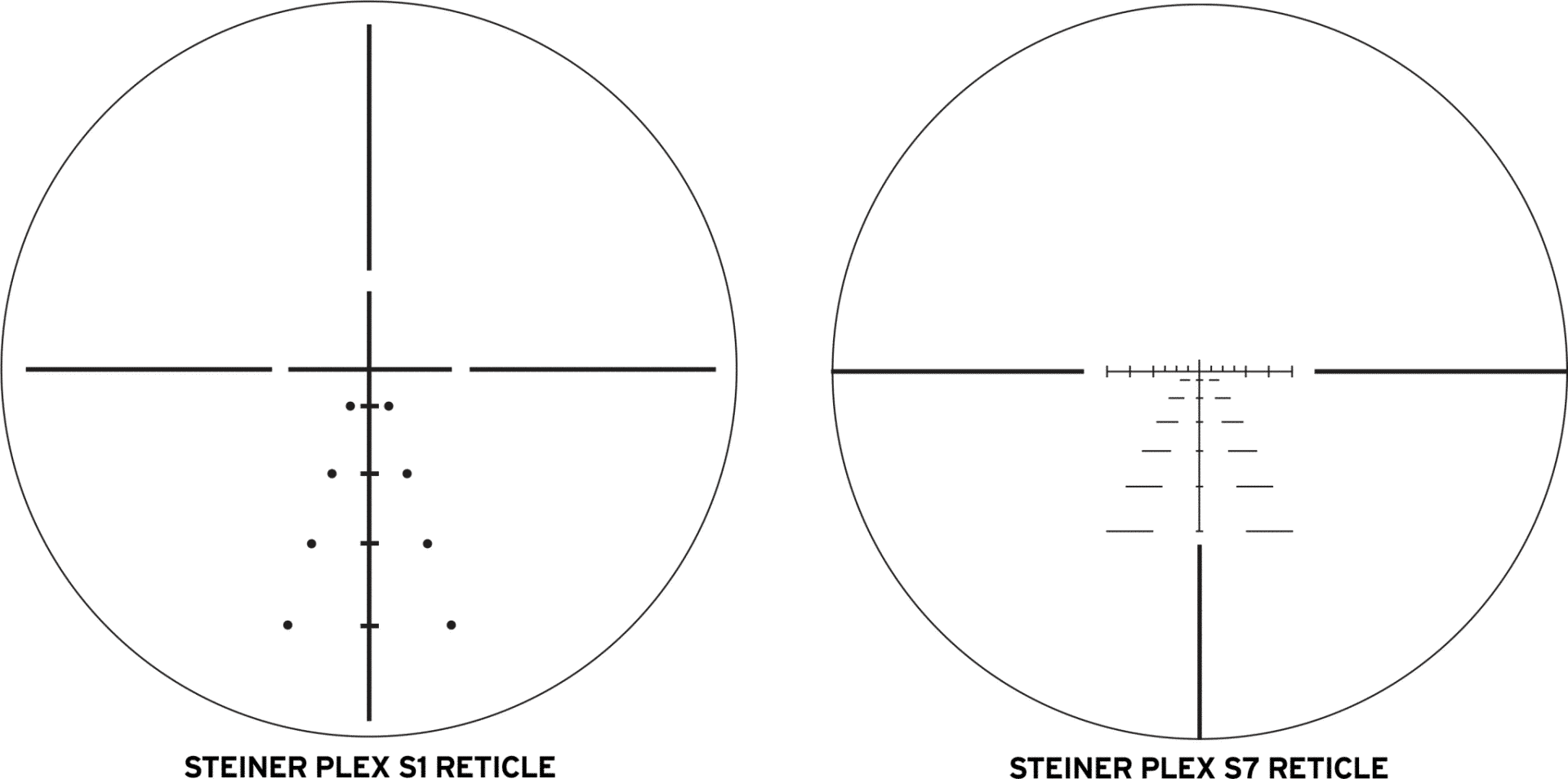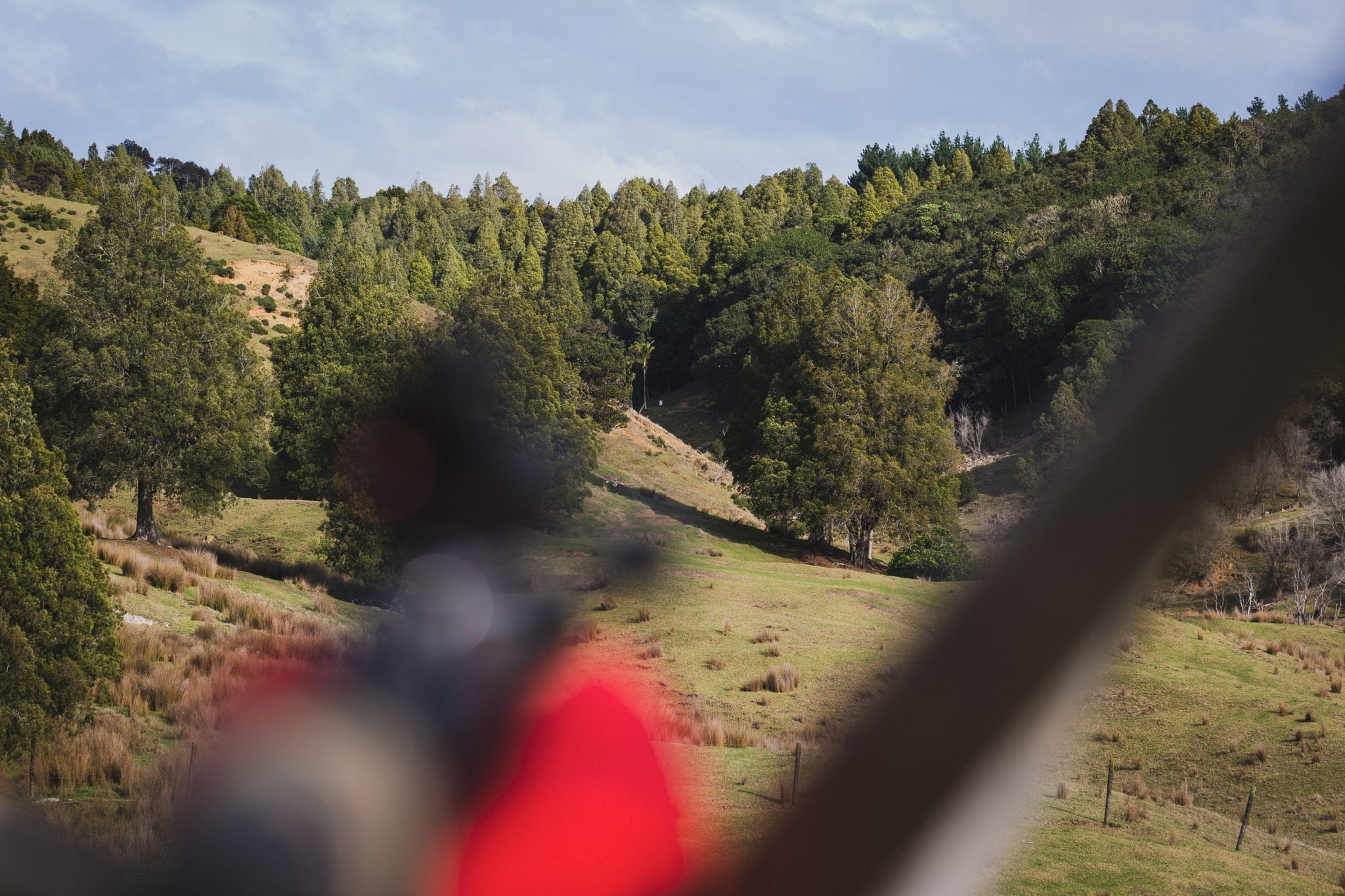Shorter distances, bush hunting under 100 meters, maybe in a pinch out to 200, you can utilise systems like Maximum Point Blank Range, or Optimised Point Blank Zero allows you to ‘set and forget’ your hunting rig and simply aim centre mass in the understanding that ballistics will ensure you are no lower or higher than a determined amount from your point of aim.
Going out further, incorrect data in means incorrect data out for your firing solution – and it quickly compounds as you stretch out further.
How much does it matter?
Cal from Precision Rifle Blog has a great article on just this subject.
Hi article concludes, the ranging is one of the most important elements in a firing solution. At 700 yard, and error of 15 yards (which I have seen done with a laser rangefinder) can reduce your likelihood of a hit on at 10-inch target by 19%! Eyeballing it would likely be even more of an error.

Make sure you head over to Cal’s page, as he breaks it down in depth, and is a great resource for precision riflemen!
Eyeballing it
Some people just have a natural nack at guesstimating range. For others (like myself) the estimations are all over the place. However, this is a skill you can develop through practice.
Grab a couple of mates and go sit on a hill. Identify some points in the vista and write down your best guest on the distance to the point. Once everyone has their quest down, break a rangefinder (or google maps on the phone) and confirm actuals.
Do this for a bit and you will start to develop a bit of an understanding of how far things are actually from you. You can do a similar exercise with guessing where north is and confirming with a compass – and you are basically training your brain to align an internal sense of distance/direction and calibrating it with an external tool. Even if you don’t it bang on each time, you will quickly start to understand if you normally under or over estimate distance – and that in itself is valid information to have!

Use a known reference
A simple tip to help in your estimation is to use a known distance, that you are familiar with to help work it out. I personally have no real sense of how long a football field is, but I have heard that is a good standard. A cricket pitch, of even the 100 meter local range can also all be familiar distances that you can use as a mental model to map out the distance in front of you.
Be aware of the topography
Practice on both flat areas and hilly. Topography and rolling features do tend to trick your brain into estimating wrong.
Just thumb it
These is also an old trick utilising a handy ratio built into the human body. That is – your arms are ten times longer than the distance between your eyes. Ah-oh… here comes some triggernometry!
If we have an know reference point out there – like a target or animal width, for example – we can use some simple maths to give us a distance to target.
In order to keep things simple for a maths point of view – let’s say we spot a Red Deer broadside out at distance (average length 2.1m).
Hold your arm out at full length with your thumb up. Close one eye and line up the edge of your thumb with the edge of the target. Now switch eyes. As a multiple of the width of the known sized reference out there, how far did the edge of your thumb move?
Say it shifted over about 10 times the width of the animal out there. That would be 21m (10 x 2.1) multiply that by ten, and you have your distance! In this case, 21m x 10 is 210m.
I mean I hope you realise how un-accurate this method is going to be. The length of the known, how many to multiply it by… it is a very rough, but in a pinch, usable guesstimation!

Just use a rangefinder!
Yes. Sure. If you have one available, I would always suggest using a rangefinder. They are massively more accurate than the best estimate by eye, and realistically, also more accurate than most of our attempts with a reticle will ever be.
However, not all of us have a rangefinder (though the budget for a precision rifle really should include one), and, some competitions will actually specifically exclude their use.
Much like still understanding how to use a map and compass, even while normally using a GPS, understanding the techniques and skills without having to relying on electronics provides a solid base of knowledge that is simply speed up with modern aids. Learn it, practice it, but go ahead and use that rangefinder most the time!
If we don’t have a rangefinder to use, but want something a bit more accurate than a guess, what can we do?
Well – we can break out the calibrated ruler that normally sits just in front of our face on the rifle and use the tools we already have!
Milling – using a reticle to determine the range
The reticle – some basics
So, we want to use the reticle, but I guess it is important that we need to understand that not every reticle is actually usable.
The Plex (and ballistic plex)
Also known as a crosshair. This is what many hunters are familiar with. A simple cross-shaped reticle. Modern designs may also incorporate some additional lines below the main stadia, which are known as a Ballistic Reticle, BDC Reticle or some other similar name. While the markings will have a known measure/distance – normally, it’s not going to be easy to utilise them for our intended purpose. We need something with know, regular, and ideally numbered measures.

‘Tactical’ Milling (and MOA) reticles
Milling as a term is in itself a little confusing. While it might be easy to assume it relates to Mil, as in MilRad, it’s actually Mil, as in Mil Dot. Irrespective, it basically the process of measuring with a MIL or MOA reticle and converting to distance.
Modern, tactical/military/competition reticles have evenly spaced markings in their reticles – spaced/based in either MilRad or MOA. I am not going to much into the systems here, but essentially, either one will work, just different maths.
To actually MIL a target, we simply overlay the reticle on the subject and count the marks. It’s important here to actually understand how your reticle is setup – because each mark could be .2 MIL, .5 MIL, 1 MIL, 1 MOA, .25 MOA, many options here.
I am going to use another image of Cal’s here – because I would basically just have to make the same thing up anyhow –

In this image, with each small subtension being .2 mils, we are looking at just more than .8 mil – it’s not .9 – so maybe .85?
First, and a key component here, is we need to have a reference point in the form of a known height or width. You can find a quick reference card at the end of this article with some common NZ heights to get you going.
- Mill the target – measuring the width or height of known sized target
- Take the measurement and known width and calculate distance
- Calculate firing solution and shoot!
So – a standard IPSC target is 75cm and we measured it at 8.5 MIL
Now – the maths.
Using MIL, and metric – the equation is follows –
Height of Target (cm) x 10 / MILS of target = Range in Meters
That is –
75cm x 10 / .85 = 882.35m
Using MOA?
Height of Target (inch) x 95.5 / MOA of target = Range in Yards
Now. In this case – that target was actually at 1000 yards exactly – or 914 meters. So we are 32 meters short. How much does that matter? Well… go read Cal’s article. 😉
Depending on target size, and what you are shooting it might be fine. If you are on an animal, where an honest, realistic kill shot size is around 5 inches… it probably won’t be accurate enough at distance. Good luck milling a moving animal anyhow. Or doing that maths in your head at any speed.
In use
Thomas (THLR) in his normal phenomenal way – has a great video as a primer on it. This example is set in the context of a competition stage.
In the video, Kenneth – part of the VRTBR crew and also the man behind the design on the Fusion Bipod, now Javelin Valhalla Bipod goes through the process.
You can see him using a wheel calculator that speeds up the process immeasurably as well. Can you imagine tapping away on a regular calculator on the clock?
So. Should I even bother?
Well. There is a pretty solid argument that modern rangefinders have obsoleted the skill of Milling. Even done accurately, it may not provide enough accuracy to ensure consistent hits. I am sure if you are in the military, you are going to be drilled on this skill, and, other than that, you are unlikely to see this used outside of a competition stage where the match director has a touch of nostalgia. A good skill to have, sure, practice it, sure, but don’t worry about it too much. Just get a rangefinder!
[/membership]
Supporter Bonus Content
For members, there is also ‘bonus content’ to be had. If you have found this site be useful and interesting, maybe you would consider supporting it?
Data Book Sheet
I carry a Data Book with me most times while shooting. Inside it I have a series of quick reference cards that I use quite regularly. These are designed to fit into Tactical Notebook Covers’ Detachable Vinyl Checklists – but I am sure they would work elsewhere as well.



